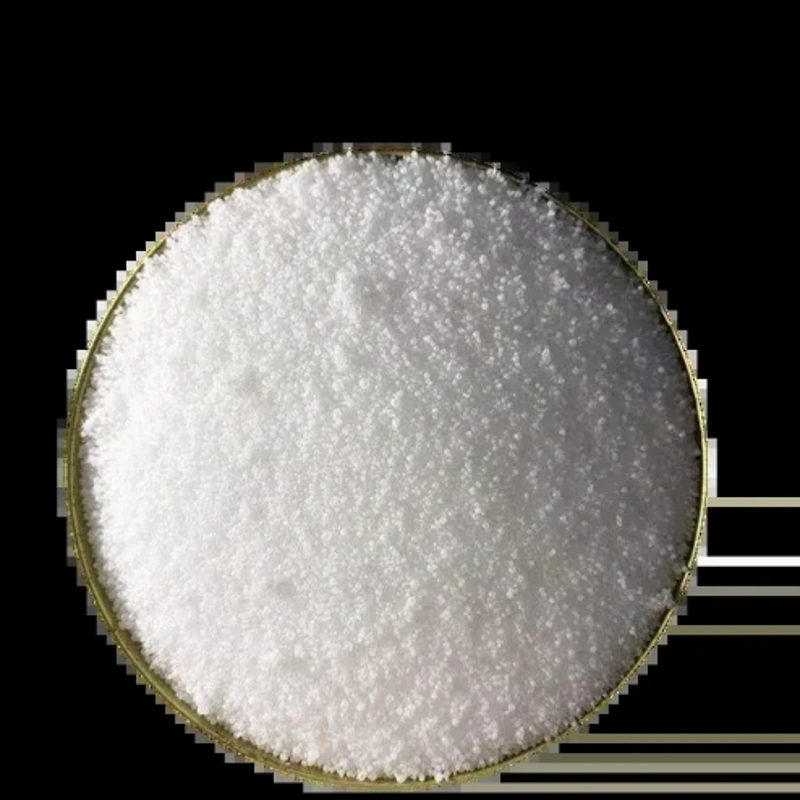-
Categories
-
Pharmaceutical Intermediates
-
Active Pharmaceutical Ingredients
-
Food Additives
- Industrial Coatings
- Agrochemicals
- Dyes and Pigments
- Surfactant
- Flavors and Fragrances
- Chemical Reagents
- Catalyst and Auxiliary
- Natural Products
- Inorganic Chemistry
-
Organic Chemistry
-
Biochemical Engineering
- Analytical Chemistry
-
Cosmetic Ingredient
- Water Treatment Chemical
-
Pharmaceutical Intermediates
Promotion
ECHEMI Mall
Wholesale
Weekly Price
Exhibition
News
-
Trade Service
Isobutanol is a commonly used solvent and fuel in the chemical industry.
It is a colorless, flammable liquid with a characteristic sweet odor, and it is widely used in various applications, including as a solvent for paints, cleaning agents, and adhesives, and as a fuel for cars and gas turbines.
However, as with any chemical, it is important to be aware of the potential risks associated with its use, and to take appropriate precautions to ensure safety.
One of the primary concerns when it comes to the safety of isobutanol is its flammability.
Isobutanol is a Class 3 flammable liquid, which means that it is a liquid that has a flash point (the temperature at which it can ignite) below 60°C.
This means that it can ignite easily when exposed to an ignition source, such as an open flame or spark, and that it can continue to burn for some time after the ignition source is removed.
As such, it is important to store and handle isobutanol in a safe and controlled environment, and to take appropriate precautions to prevent ignition.
Another concern when it comes to the safety of isobutanol is its potential toxicity.
While isobutanol is generally considered to be a relatively safe chemical, it can cause skin irritation and respiratory problems if it is inhaled.
Additionally, long-term exposure to high levels of isobutanol can cause damage to the nervous system and the heart.
It is important to follow proper handling and safety procedures to minimize the risk of exposure, and to seek medical attention if you experience any symptoms of exposure.
In addition to the risks associated with its flammability and toxicity, isobutanol can also pose other safety risks, depending on the specific circumstances of its use.
For example, it can be harmful to the environment if it is released into the soil or water.
It is important to follow proper disposal procedures to minimize the risk of environmental contamination.
Overall, it is important to be aware of the potential risks associated with the use of isobutanol, and to take appropriate precautions to ensure safety.
This may include following proper handling and storage procedures, wearing appropriate protective equipment, and seeking medical attention if you experience any symptoms of exposure.
By taking these precautions, you can help to minimize the risk of injury or harm associated with the use of this chemical.







